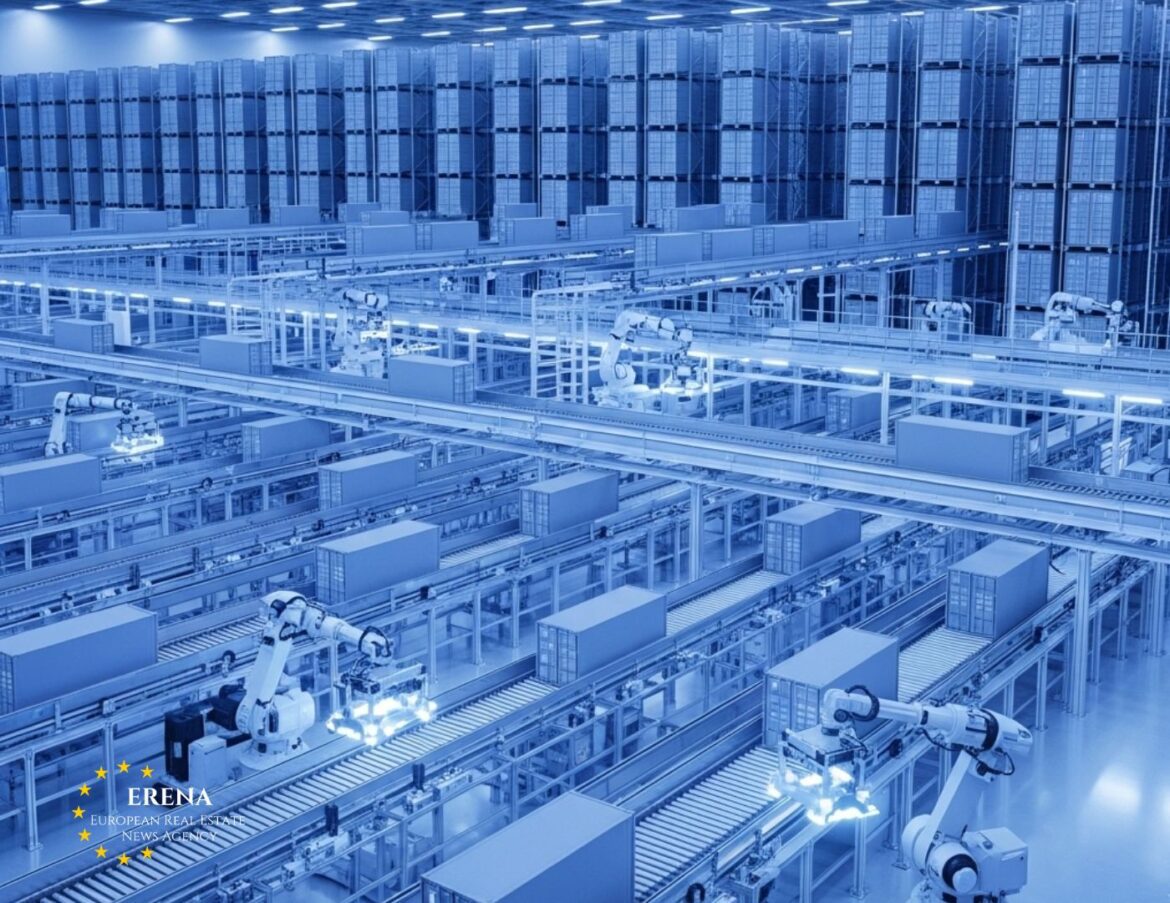The rapid growth of e-commerce and advancements in automation technology are making automated warehouses one of the key drivers of investment in Asia. GLP, a global leader in logistics real estate and digital infrastructure, is at the forefront of this transformation, channeling capital into high-tech warehouse developments across the region. For investors, these assets offer not only strong yields but also a strategic foothold in the world’s fastest-growing economies.
Logistics in the Spotlight
The logistics real estate market in Asia is booming. Rising online retail demand, increased cross-border trade, and the need for faster delivery times are pushing companies to rethink their supply chains. Traditional warehouses are no longer sufficient — businesses now require flexible, intelligent, and scalable logistics spaces.
Headquartered in Singapore, GLP was one of the first major operators to fully embrace warehouse automation. The company manages over 100 million square meters of logistics facilities globally, with a significant share in Asia, including China, Japan, South Korea, Vietnam, and India.
What Are Automated Warehouses?
Automated warehouses feature advanced technologies such as robotic storage and retrieval systems (AS/RS), autonomous guided vehicles (AGVs), smart racking systems, AI-powered analytics, and digital inventory management tools. These technologies increase operational speed, reduce errors, optimize space usage, and cut labor costs.
GLP is investing heavily in automation solutions, including drones for stocktaking, predictive maintenance systems, and digital twins. These enhancements make its properties some of the most technologically advanced in the world.
China and Japan Lead the Way
China remains GLP’s most active market, especially as the government continues to promote “new infrastructure” and digitalization. In cities like Shanghai, Guangzhou, and Shenzhen, GLP operates state-of-the-art distribution hubs serving major players like JD.com, Alibaba, Tesla, Uniqlo, and Amazon.
In Japan, where labor shortages and an aging population are pressing issues, automation is a necessity. GLP has developed large-scale logistics parks near Tokyo and Osaka equipped with robotics and AI, enabling high throughput with minimal human intervention.
Southeast Asia and India: New Frontiers
GLP is also expanding in emerging markets such as India, Vietnam, Indonesia, and Thailand. With rising e-commerce penetration and outdated logistics infrastructure, these countries are ripe for transformation.
In Hanoi, for example, GLP is constructing a multi-functional distribution center featuring automated storage zones, port connectivity, and cold-chain logistics capabilities — a key attraction for both domestic and international clients.
Investment Appeal: Yield and Resilience
According to GLP, automated logistics assets offer annual yields of 6–8% in Asia, making them among the most profitable real estate segments. In Southeast Asia and India, yields can reach 9–10% due to lower land costs and premium rental rates for modern, automated space.
Beyond profitability, automation enhances resilience. These assets are more adaptable to market shifts, offer greater operational visibility, and support tenants in reducing carbon emissions through resource and energy optimization.
Innovation as a Competitive Edge
GLP isn’t just building smarter warehouses — it’s also developing its own technology solutions. In 2025, the company launched an AI-powered warehouse management platform that provides real-time operational insights and recommends process improvements.
Additionally, GLP is exploring blockchain for logistics transparency and supply chain integrity. These innovations position the company not just as a landlord, but as a strategic technology partner to its clients.
Institutional Investment on the Rise
Institutional investors are increasingly drawn to GLP’s automated logistics portfolio. Funds like Singapore’s GIC, Canada’s CPP Investments, and sovereign wealth funds from the Middle East are co-investing in GLP projects across China, Japan, and India.
Through joint ventures and specialized funds, GLP scales its developments efficiently while distributing risk. The company currently manages over $70 billion in assets across Asia-Pacific, with roughly one-third linked to automated warehouse infrastructure.
ESG and Sustainable Logistics
GLP is committed to ESG principles. Many of its facilities hold LEED or BREEAM certifications and incorporate solar panels, heat recovery systems, smart lighting, and eco-friendly materials. In China, GLP has launched carbon offset programs for tenants, and in Japan, it is piloting net-zero logistics buildings.
The company also provides training for tenants on how to use automation efficiently and minimize waste and water consumption — turning logistics into a driver of environmental responsibility.
The Future of Warehousing in Asia
GLP forecasts that by 2030, more than 50% of warehouses in Asia will be at least partially automated. Rising labor costs, growing pressure for rapid delivery, and intensifying retail competition are accelerating this shift.
To meet future demand, GLP plans to invest an additional $12 billion into warehouse automation by 2027. This will include expanding to new markets and upgrading existing assets with next-generation technology. For GLP, automation isn’t just a trend — it’s a core component of competitiveness and long-term value creation.
Conclusion
GLP is redefining the logistics landscape in Asia through automation, innovation, and sustainability. Automated warehouses are becoming central to the region’s economic infrastructure — increasing speed, efficiency, and investment performance.
With its forward-looking approach and deep regional presence, GLP has positioned itself as both an industry leader and a catalyst for Asia’s digital and logistical transformation.

